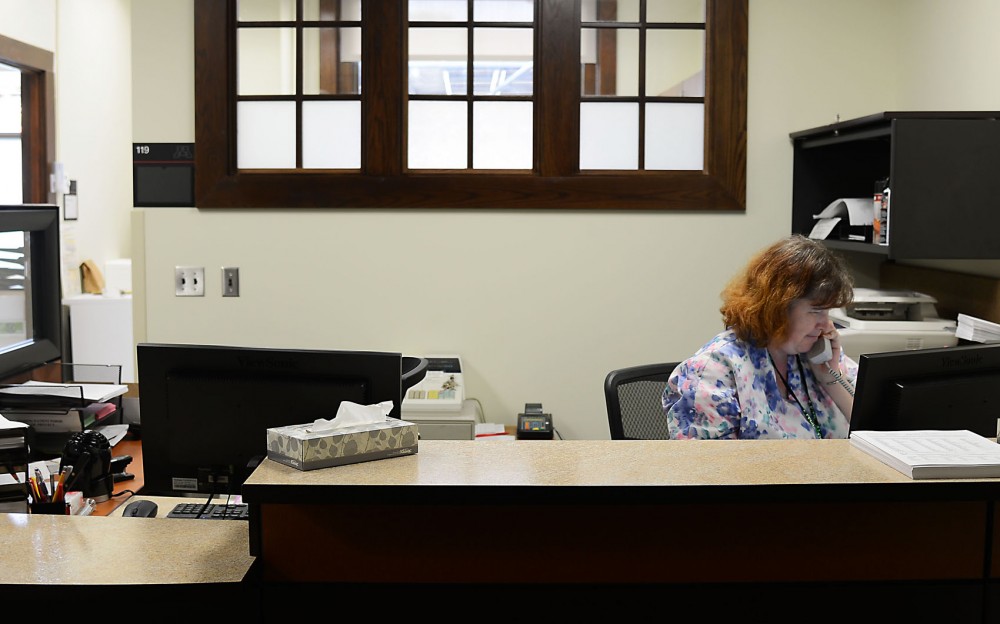Packed schedules, looming deadlines and social stresses are just a few barriers keeping college students from seeking mental health treatment.
Learn to Live, a new online therapy service, could help lower those barriers for students at the University of Minnesota.
The new service launched Sept. 1 for all fee-paying students at the University.
Learn to Live is designed to provide students with support for anxiety, depression, social anxiety and stress in five-minute chunks and can be accessed anywhere the student has internet access.
“I think this gives accessibility,” said Gary Christenson, Chief Medical Officer of Boynton Health Services. “We realize that no matter what we do we’re not going to fit some students’ schedule.”
The platform consists of three programs—depression, social anxiety and a general stress anxiety program.
Students who register for the service will first complete a brief mental health assessment, which gives them a score and recommends which of the three courses to take.
The courses are based on the principles of cognitive behavioral therapy—also called CBT—which provides patients with tools teaching them to manage their own thinking and behavior.
“In the end you learn how to become your own therapist, in a way,” Christenson said.
Students also have the option to sign up with a coach, who provides support in weekly text messages, emails or phone calls.
Coaches are multi-purpose, said Learn to Live Chief Psychology Officer Russell Morfitt, but their role is often a combination of accountability and encouragement.
“You might report that you’re pretty busy, and haven’t been able to advance like you’d like to,” Morfitt said, adding that the coach could step in and help the student find times in the day to complete the online modules.
“This is a good resource for students who may not otherwise seek counseling services,” said Susann Jackson, the University’s Director of Student Health Benefits. “Especially with international students, there’s a stigma with going to a mental health provider. This removes that barrier.”
Oftentimes, mental illness itself can be a barrier.
“It’s a little bit harder to seek face-to-face care if I have social anxiety,” Morfitt said. “We might find that a high number of the students who have high levels of stress just feel too busy to get in.”
Christenson said Learn to Live is an excellent tool that fits well into the University’s holistic approach to mental health.
“One thing I want to emphasize is the value of…the preventive aspect of Learn to Live,” he said. “We’re trying to introduce more strategies of students being able to have access to self-care.”

















